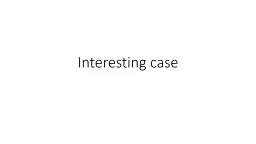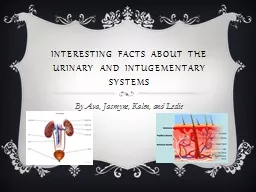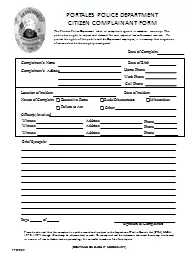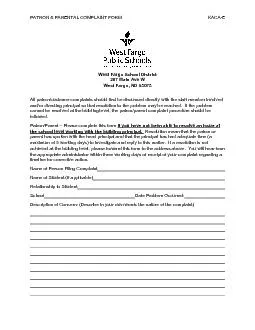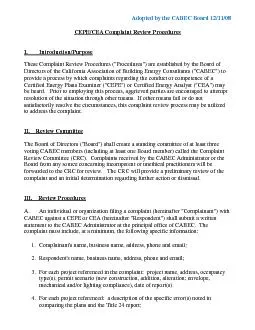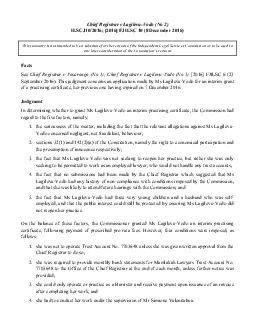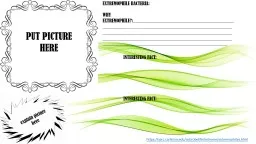PPT-Interesting case Chief Complaint
Author : garboardcola | Published Date : 2020-06-17
หายใจเหนอย 4 ชวโมง PTA Primary survey Primary survey Airway Can talk No stridor Primary survey Breathing and Ventilation RR 24min
Presentation Embed Code
Download Presentation
Download Presentation The PPT/PDF document "Interesting case Chief Complaint" is the property of its rightful owner. Permission is granted to download and print the materials on this website for personal, non-commercial use only, and to display it on your personal computer provided you do not modify the materials and that you retain all copyright notices contained in the materials. By downloading content from our website, you accept the terms of this agreement.
Interesting case Chief Complaint: Transcript
Download Rules Of Document
"Interesting case Chief Complaint"The content belongs to its owner. You may download and print it for personal use, without modification, and keep all copyright notices. By downloading, you agree to these terms.
Related Documents

